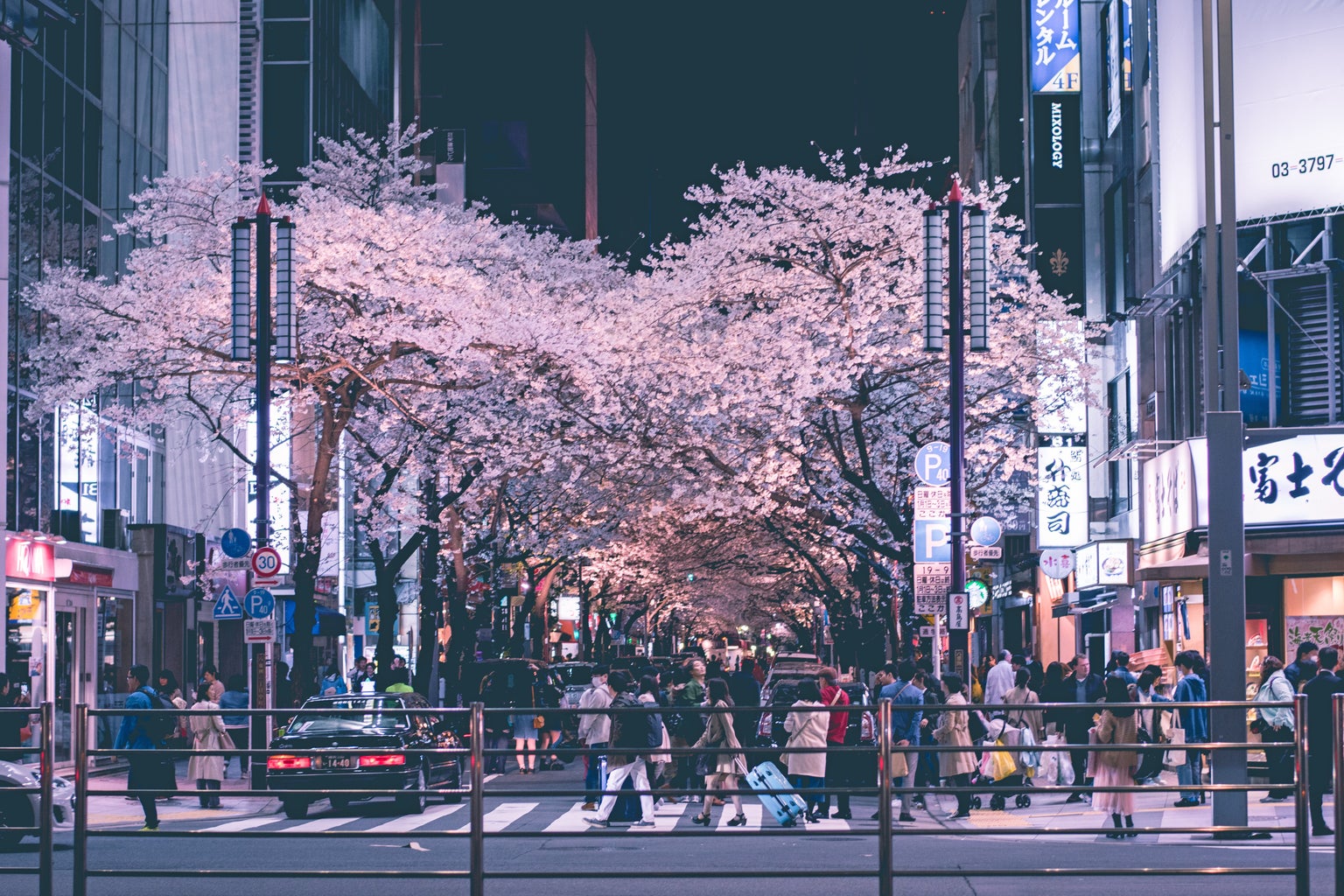If you are a fan of Japanese dramas, you might notice that the melody of announcement at each train station is pretty different while taking a tram in Japan.
Tokyo has one of the busiest rail transits in the world, with an average daily passenger flow of 11 million passengers. However, these melodies are for passengers to relax their emotions and release their daily pressure as much as possible on the commuting way. Meanwhile, instead of looking around in the seat, different melodies also allow regular customers to know where they are by just listening to the melody. In fact, the starting melody of the Japanese tram was also a monotonous tone.
Since the 1970s, in order to alleviate the irritability caused by traditional sounds, some private subways have begun to try to order euphonic melodies, which later became popular. Since then, this system has spread throughout Japan. The majority of the starting melody is created by a professional composer, and these melodies are not randomly assigned. Instead, it’s uniquely designed based on the history and characteristics of special sites. For instance, Tokyo’s Ueno Park is a famous cherry blossom viewing spot; thereby, the departure melody at Ueno Station uses the chorus of Naruto’s’ famous song “Sakura.” On the other hand, Akihabara is the otaku cultural center in Japan. Obviously, the melody of the departure at Akihabara Station uses the famous song “Fortune Cookie in Love” by a popular Japanese idol group AKB48 among otaku.
As a matter of fact, in the public spaces on the streets of Japan, there are a vast amount of humanized and subtle designing details. Sometimes it is not conspicuous, yet it will work in a timely manner when needed, bringing you a sense of consideration in a crowded and anxious city.
Public toilets are also one of the presentations of the distinct design details in Japan. For example, there’s a special baby chair next to the toilet that assist parents to diaper for their kids. When one is occupying it, this appliance could be easily folded in simple steps. Even though Japanese women generally go out with delicate makeup, many women’s toilets provide them with a special makeup area. After applying makeup, there will be a full-length mirror for women to do a final full-body examination before going out. Japanese office workers generally wear suits in summer; as a result, the air-conditioning of trams is basically sufficient. Nevertheless, considering that there are many passengers who are afraid of cold or thin clothes, in addition to ordinary air-conditioned cars, many trams are equipped with “soft air-conditioned cars.”
According to a survey by the Ministry of Land, Transport and Tourism, an average of nearly 200 Japanese die every year on the train platforms. In order to reduce the suicide rate, the Tokyo Transport Bureau racked their brains and tried to intervene this situation by careful designing. In most tram stations, you could easily find cold blue lights on the ceilings. This design might be inexplicable at first glance, however these blue lights helped suicide rate drop by 84% in a decade. But how does it work? It turns out that blue light has a clear calming effect, and people with high mental stress will relax more easily in blue light. In a sea of blue lights, many people with thoughts of suicide dismissed their thoughts.
With these ingenious and intimate designs, do you feel like your life becomes a lot softer even when you’re in a busy and indifferent city?





